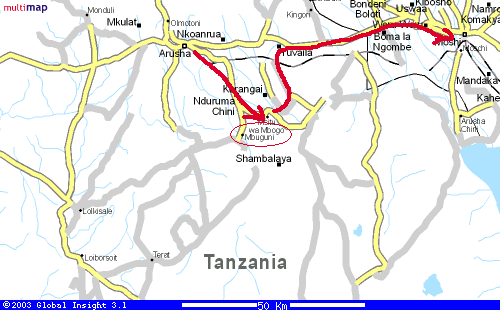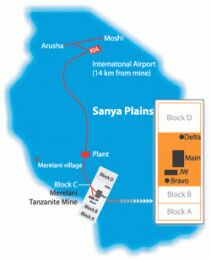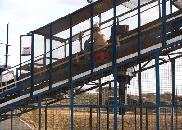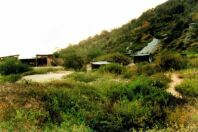Les minéraux présents à Merelani, Mbuguni sont : Calcite, Diopside, Graphite, Grossulaire var: Tsavorite, Kyanite, Pyrite, Scapolite, Sillimanite, Zoisite var: Tanzanite .

Géologie, pétrologie.
La région de Merelani-Lelatemai, occupée par les roches protérozoïques metasedimentaires, se trouve le long de la zone de faille de Lelatema. Les roches sont principalement des gneiss pélitiques, semi-pélitiques, psammitic, des roches hydrothermalement alterées, des pegmatites et des veines de quartz. L'occurrence de la tanzanite de qualité gemme et du grenat grossular se trouve principalement dans les veines de pegmatite et des fracture remplies par un processus hydrothermal. Ces fractures sont présentes dans les gneiss graphitiques avec une association minérale de quartz, diopside, zoizite, graphite et calcite. (english)
The Merelani-Lelatema area, which is occupied by late Proterozoic metasedimentary rocks, lies along the Lelatema fault zone. The rocks are mainly pelitic and semi-pelitic gneisses, psammitic gneisses, hydrothermally altered rocks, crystalline dolostones, pegmatites and quartz veins. The occurrence of gem-quality tanzanite and grossular has been found to occur mainly in boudinaged pegmatitic veins and hydrothermal fracture fillings. These fracture fillings occur in brecciated and hydrothermally altered graphite-bearing gneiss in a mineral association containing glass-clear quartz, diopside, zoisite, graphite and calcite. The psammitic gneisses are more siliceous and enriched in feldspars. They are grouped into graphite-kyanite gneiss with thin interlayers of quartz-feldspar fels. The pelitic and semi-pelitic gneisses are aluminium-rich and thus have been grouped into garnet-biotite-sillimanite and/or kyanite graphite gneisses. The hydrothermally altered rocks are strongly deformed and contain varying amounts of clay minerals, which characteristically show distinct banded layers due to alterations of minerals.
Exploitation :
La zone d'exploitation de tanzanite est divisée en quatre blocs : A, B, C et D. La surface totale d'exploitation de 20 km² est divisée entre différents exploitants. Les blocs B et D sont exploités à petite échelle par les entrepreneurs tanzaniens. Ensemble ils emploient approximativement 10 000 mineurs dans 750 mines. Le bloc C est exploité par la compagnie d'Afrique du Sud - Afgem depuis 1999 (Tanzanite One depuis février 2005). Les droits d'exploitations du bloc A ont été attribués à Kilimanjaro Mines Ltd, couramment sans production.
Le bloc D produit la meilleure qualité - la AAA tanzanite - couleur pourpre profonde. La majorité de la tanzanite du marché vient du bloc C exploité par AFGEM.




Visite du site toute la journée.
Hébergement à Kilimanjaro Tourist Inn à Moshi.
LIENS
Régularisation de l'exportation http://www.gia.edu/gemsandgemology/620/2509/this_weeks_news_details.cfm
Afgem http://www.rahanews.com/archives/1803_AFGEM_moves_into_diamonds.html
http://www.btimes.co.za/99/0523/comp/comp10.htm
Tanzanite One Ltd. http://www.tucsonshowguide.com/stories/sep04/tanznews.cfm
http://www.mineweb.net/sections/gems/413394.htm
http://www.tanzaniteone.com/tanzaniteone-contact.asp
Catastrophe minière à Merelani en avril 1998 http://www.gia.edu/gemsandgemology/18578/1895/543/back_issue_article_detail.cfm
http://www.tucsonshowguide.com/stories/may01/merupdate.cfm
http://www.tucsonshowguide.com/stories/may01/merelani.cfm
L'article de Peter Bancroft sur la tanzanite de Marelani - Arusha, Palagems Int.